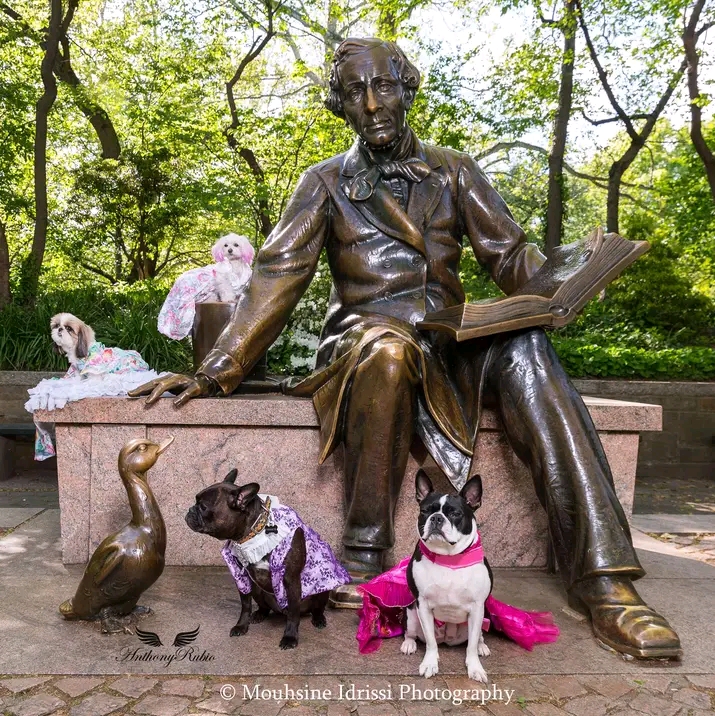PET OWNERSHIP IN DIFFERENT CULTURES
Pet ownership practices vary widely across cultures and are influenced by historical, economic, social, and religious factors. Understanding these cultural differences provides valuable insights into how humans relate to animals and the roles pets play in different societies.
Western Cultures:In North America and Europe, pet ownership is deeply ingrained in society, with pets often regarded as family members or companions.
Dogs and cats are the most common pets, and they typically live indoors with their owners. Pet care is a significant industry, with a focus on high-quality food, healthcare, and accessories. Western cultures also place a strong emphasis on animal welfare, with laws and organizations dedicated to protecting pets from cruelty and neglect.
Asian Cultures:In many Asian countries like China, Japan, and South Korea, pet ownership has been rising alongside economic development and urbanization. While historically pets were less common, particularly in rural areas, growing affluence and changing attitudes have led to an increase in pet ownership, especially among the younger generation.
Dogs and cats are popular choices, but unique pets such as rabbits, turtles, and exotic birds are also favored. Despite this trend, cultural attitudes towards animals can still vary widely, with some traditional beliefs influencing perceptions of pets.

Middle Eastern Cultures:In the Middle East, attitudes towards pet ownership can be shaped by religious beliefs, particularly in Islam. Dogs, in particular, are viewed differently across the region.
While some Muslims keep dogs for hunting, herding, or guarding purposes, others avoid owning them due to religious concerns about ritual cleanliness. Cats, on the other hand, are generally more accepted and can be found in many households. Despite these considerations, there is a growing pet culture in some urban areas of the Middle East, driven by globalization and changing lifestyles.
Latin American Cultures:In Latin America, pets are often considered part of the family. Dogs are especially popular, fulfilling roles as companions and protectors. Street dogs are common in many cities, leading to efforts to promote adoption and control populations through spaying and neutering campaigns. Cultural attitudes towards pets vary across countries and communities, influenced by factors such as urbanization, socioeconomic status, and indigenous traditions.
PET OWNERSHIP IN DIFFERENT CULTURES
African Cultures:In Africa, pet ownership practices are diverse and can vary greatly depending on the region and cultural context. Dogs are often kept for security purposes or as working animals in rural areas.
Traditional beliefs and customs also play a role, with some cultures incorporating animals into rituals or ceremonies. However, urbanization and globalization are changing attitudes towards pets in many African cities, with increasing interest in companion animals.
Indigenous Cultures:Indigenous cultures often have unique relationships with animals, viewing them as important companions, helpers, or even spiritual beings. Traditional pets can include llamas, alpacas, guinea pigs, or birds used for practical purposes such as transportation, wool, or meat. These animals hold cultural significance and are often treated with great respect and care.
In summary, pet ownership is a multifaceted phenomenon shaped by cultural, economic, and religious factors. While there are common themes such as the human-animal bond and the desire for companionship, the specific roles and perceptions of pets can vary widely across different cultures. Understanding these variations enriches our appreciation of the diverse ways in which humans interact with and value animals around the world.
PET OWNERSHIP IN DIFFERENT CULTURES